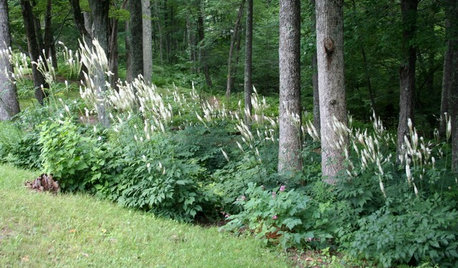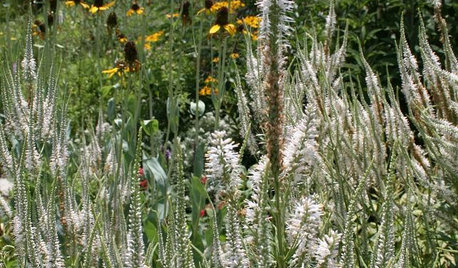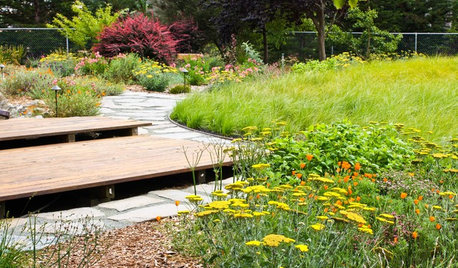Anyone use white clover for a living vegie garden mulch?
diana63
15 years ago
Featured Answer
Sort by:Oldest
Comments (20)
fertilizersalesman
15 years agodavidandkasie
15 years agoRelated Professionals
Ferndale Landscape Architects & Landscape Designers · Saint Louis Park Landscape Architects & Landscape Designers · South Orange Landscape Architects & Landscape Designers · Taylorsville Landscape Architects & Landscape Designers · Arlington Landscape Contractors · Andover Landscape Contractors · Bethel Park Landscape Contractors · Fort Payne Landscape Contractors · Lemoore Landscape Contractors · Lyndhurst Landscape Contractors · American Fork Decks, Patios & Outdoor Enclosures · Brookfield Decks, Patios & Outdoor Enclosures · Green Bay Decks, Patios & Outdoor Enclosures · Hayward Decks, Patios & Outdoor Enclosures · Marlboro Decks, Patios & Outdoor Enclosuresdiana63
15 years agodavidandkasie
15 years agoelphaba_gw
15 years agodiana63
15 years agoalphonse
15 years agoshebear
15 years agopeter_6
15 years agodiana63
15 years agokanejamison
12 years agofertilizersalesman
8 years agoglib
8 years agoubro
8 years agoerickoperek69
8 years agoubro
8 years agoerickoperek69
8 years agolast modified: 8 years agoubro
8 years agoemerogork
8 years agolast modified: 8 years ago
Related Stories

GARDENING GUIDESThe Art of Green Mulch
You can design a natural garden that doesn’t rely on covering your soil with wood and bark mulch
Full Story
GARDENING GUIDESHow to Pick a Mulch — and Why Your Soil Wants It
There's more to topdressing than shredded wood. Learn about mulch types, costs and design considerations here
Full Story
GROUND COVERSGround Force: 10 Top Ground Covers for Your Garden
Protect your soil from weeds and drought this summer with a living mulch of ground covers
Full Story
LANDSCAPE DESIGN7 Low-Maintenance Lawn Alternatives
Turf isn't the only ground cover in town. Get a lush no-grass lawn with clover, moss and other easy-care plants
Full Story
LANDSCAPE DESIGNGreat Design Plant: Retreat to the Shade of Hardy Catalpa
Big foliage and a towering height provide a shady respite in summer, but that's not all hardy catalpa offers dedicated gardeners
Full Story
GARDENING GUIDESGreat Design Plant: Actaea Racemosa
Elegant flowers top black cohosh in summer woodland gardens
Full Story
GARDENING GUIDESGarden Myths to Debunk as You Dig This Fall and Rest Over Winter
Termites hate wood mulch, don’t amend soil for trees, avoid gravel in planters — and more nuggets of garden wisdom
Full Story
MOST POPULAR20 Ways to Work White Magic in Your Yard
Create enchanting outdoor spots with fresh white fences, florals and furniture
Full Story
CENTRAL PLAINS GARDENINGGreat Design Plant: Culver's Root
Spiky summer blooms beloved by butterflies and architectural interest in winter make this Midwest native plant worth featuring in the garden
Full Story
GARDENING GUIDES8 New Ways to Garden This Year
A successful garden means knowing the plants, the wildlife and yourself
Full StoryMore Discussions








erickoperek69